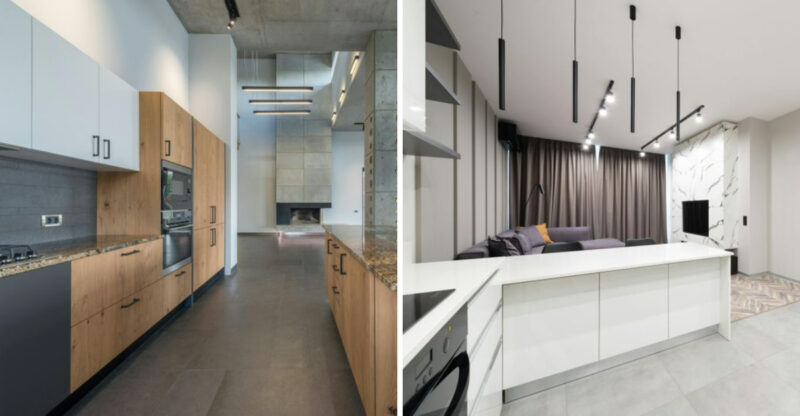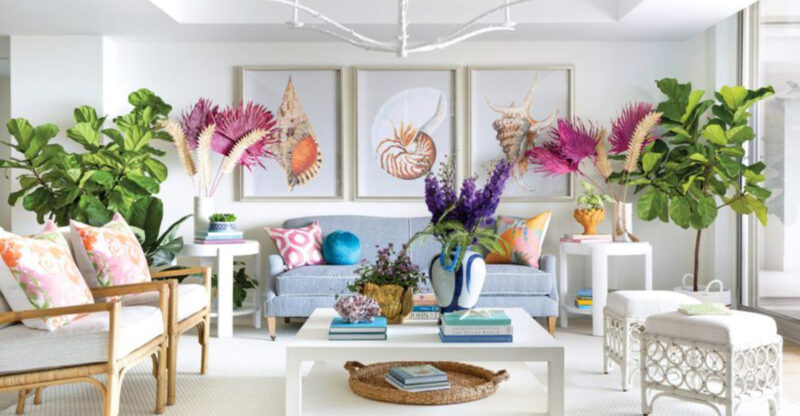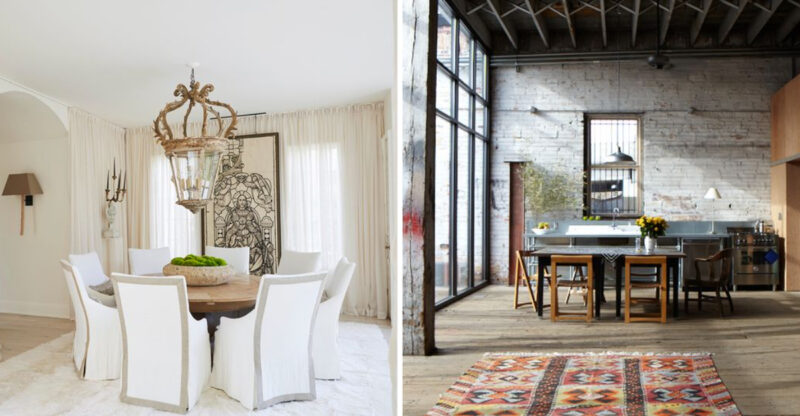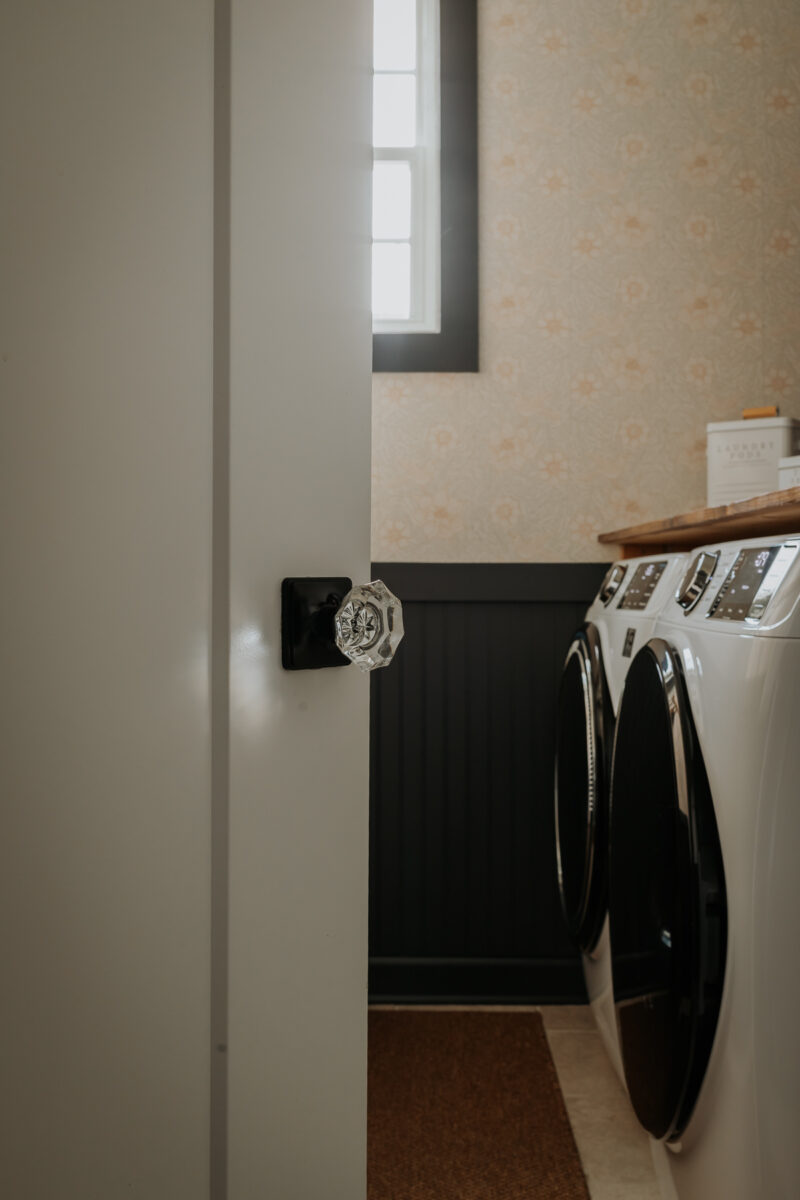12 Things That Aren’t Worth The Money When Renovating Your Kitchen
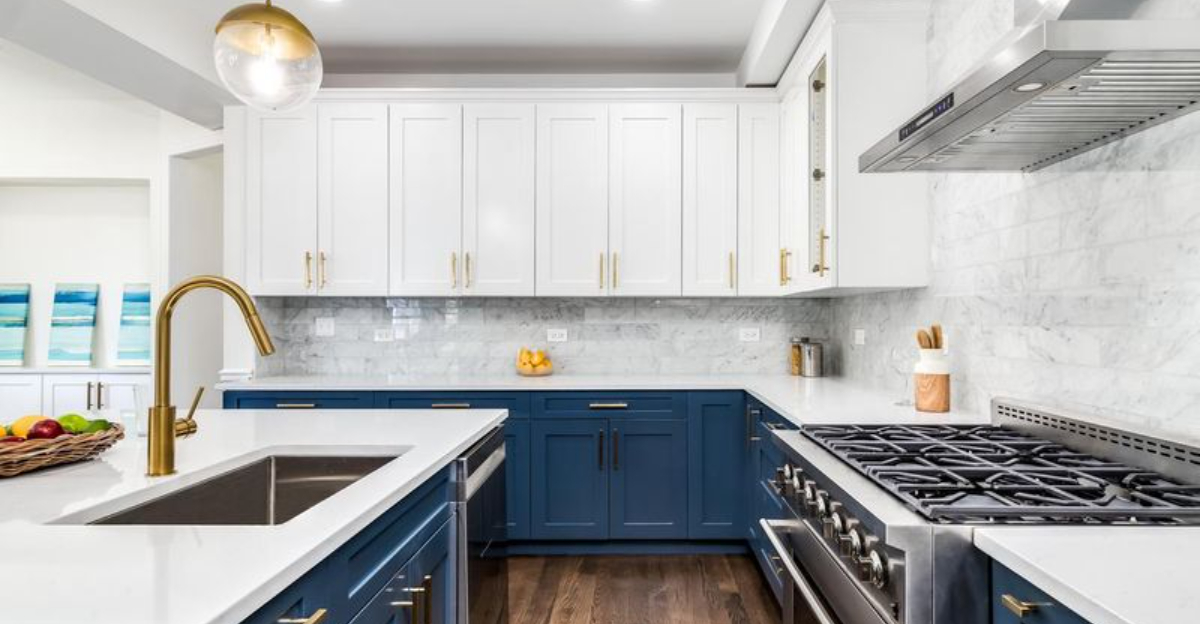
Kitchen renovations can quickly drain your wallet if you’re not careful about where you spend your money.
Many homeowners get caught up in flashy trends or premium features that look amazing in showrooms but deliver little practical value in daily life.
I’ve seen countless renovation projects where people later regretted certain splurges that didn’t improve their cooking experience or home value. Let’s explore which kitchen investments simply aren’t worth the cash.
1. Professional-grade appliances for casual cooks
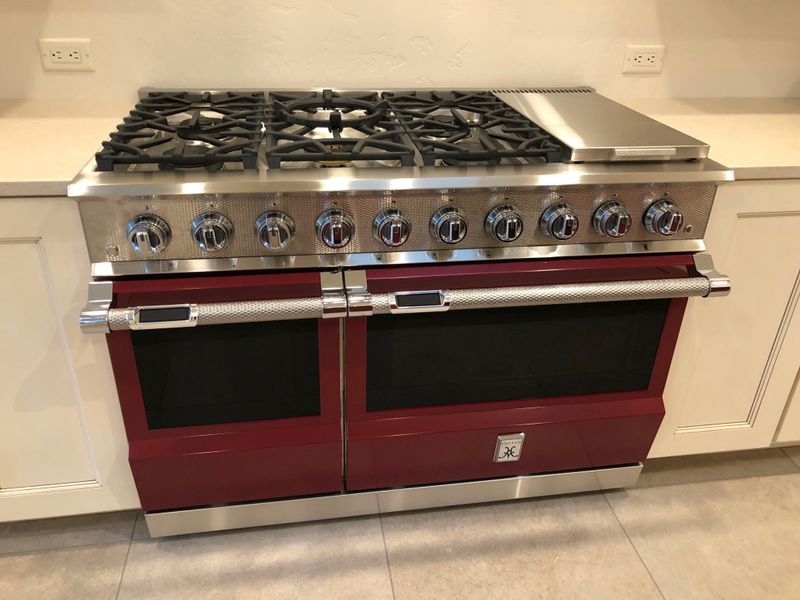
Dropping $8,000 on a commercial-style range when you mostly heat up leftovers is like buying a Ferrari for grocery runs.
These professional appliances often require special ventilation, electrical work, and even gas line modifications that balloon your budget even further. Most home cooks never use the specialized functions these appliances offer. The temperature precision and extra BTUs make little difference when preparing everyday meals.
Plus, repairs cost significantly more when something inevitably breaks. Consider mid-range appliances with solid reviews instead. They’ll handle your cooking needs perfectly well while freeing up thousands for features you’ll actually appreciate daily.
2. Customized cabinet interiors everywhere
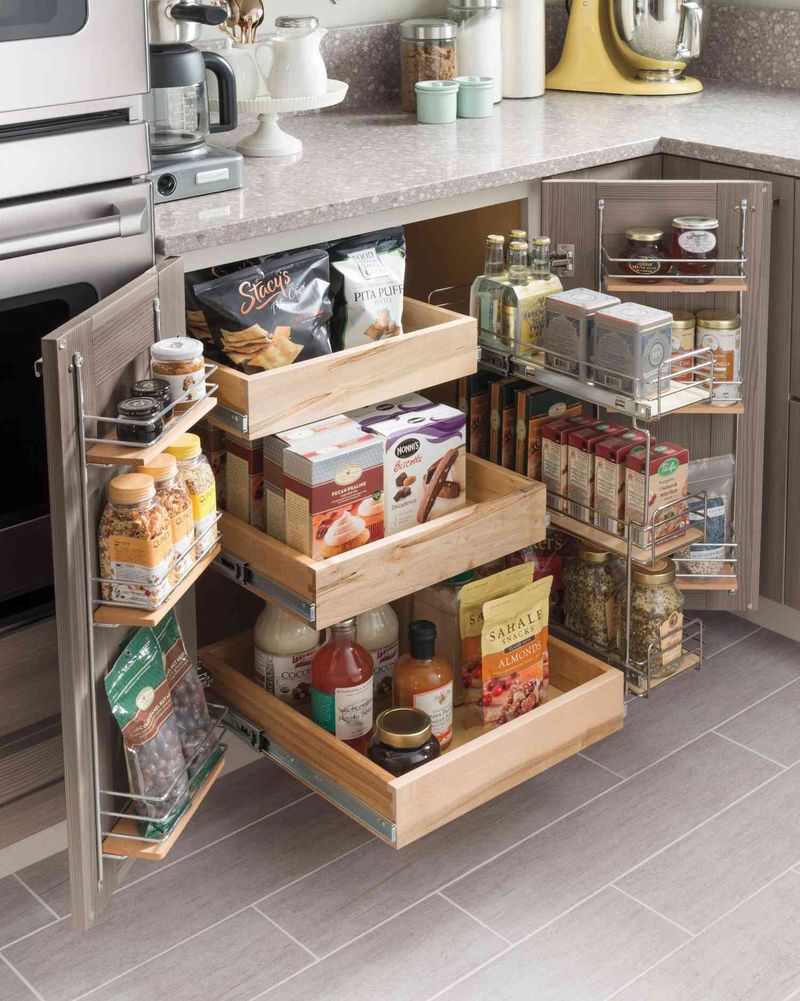
While specialized drawer dividers and pull-out organizers look amazing in kitchen showrooms, installing them in every cabinet quickly becomes a budget buster. Each custom insert can add hundreds to your cabinet costs, often totaling thousands for a full kitchen.
If you examine your actual storage needs, you’ll likely find that only a few key areas truly benefit from customization. Most homeowners discover they’ve wasted money on specialty organizers they rarely use or that don’t match how they actually store items.
Focus custom inserts only where they’ll make the biggest difference – perhaps a spice drawer or around the sink. Standard shelving works perfectly fine for most storage needs.
3. Expensive imported tiles
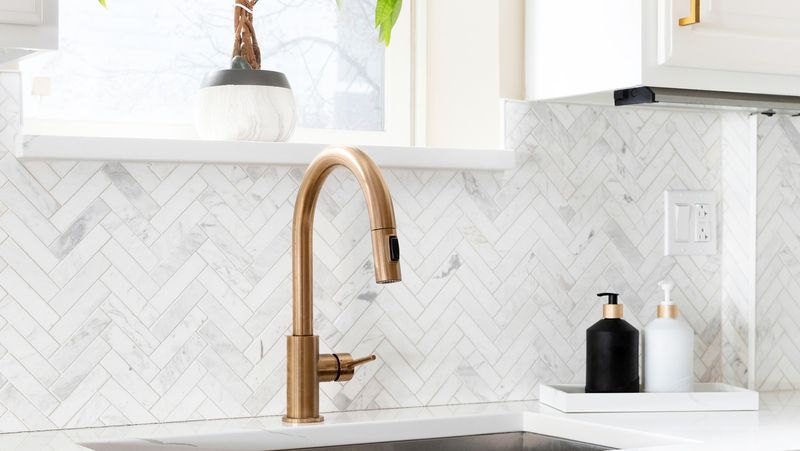
Handmade tiles from Italy or Morocco might look stunning on your Pinterest board, but they’ll drain your renovation budget faster than a leaky faucet.
Beyond the eye-watering price tag (often $40+ per square foot), these specialty tiles frequently require professional installation at premium rates. Did you know shipping costs and breakage concerns often mean ordering 20% extra material? That gorgeous imported backsplash suddenly costs thousands more than expected.
Maintenance creates another headache many imported tiles need special cleaning products and regular sealing. Domestic tile manufacturers now create beautiful alternatives that mimic exotic looks at a fraction of the cost. Your guests won’t know the difference, but your wallet certainly will.
4. Trendy statement backsplashes
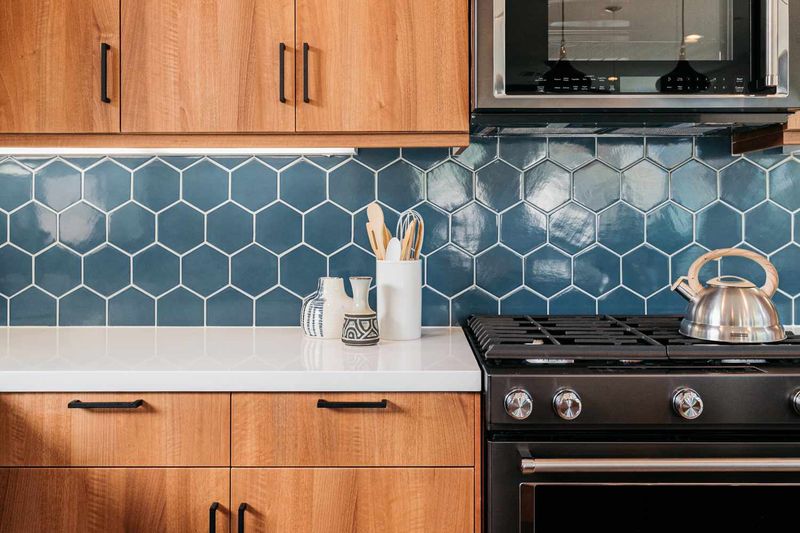
That bold geometric pattern or vibrant color might seem perfect today, but trendy backsplashes often become tomorrow’s renovation regret. I’ve watched clients spend thousands on installation only to tire of their “forever” choice within a few years.
Removing and replacing tile is surprisingly expensive and disruptive. What’s worse, highly personalized design choices can actually hurt your home’s resale value, with potential buyers seeing only the renovation costs they’ll face to change it.
Many realtors report that overly specific kitchen designs extend time on market. If you crave personality, add it through easily changeable elements like paint or accessories. For backsplashes, consider timeless options like subway tile with perhaps a single accent area for that special touch.
5. Pot filler faucets rarely used

Pot fillers – those fancy faucets mounted above your stove – look impressive but rarely justify their $400-800 price tag plus installation costs. Beyond the fixture itself, you’ll need to open walls to run plumbing lines, adding hundreds more to your budget.
How often do you actually fill pots too heavy to carry from the sink? For most home cooks, that’s a rare occurrence. Many homeowners report using their pot fillers just a few times monthly, making the cost-per-use astronomical.
There’s also the maintenance factor another water line means another potential leak point in your kitchen. If something goes wrong, repairs become complicated since the plumbing is typically buried in the wall behind your range.
6. Designer range hoods purely for looks
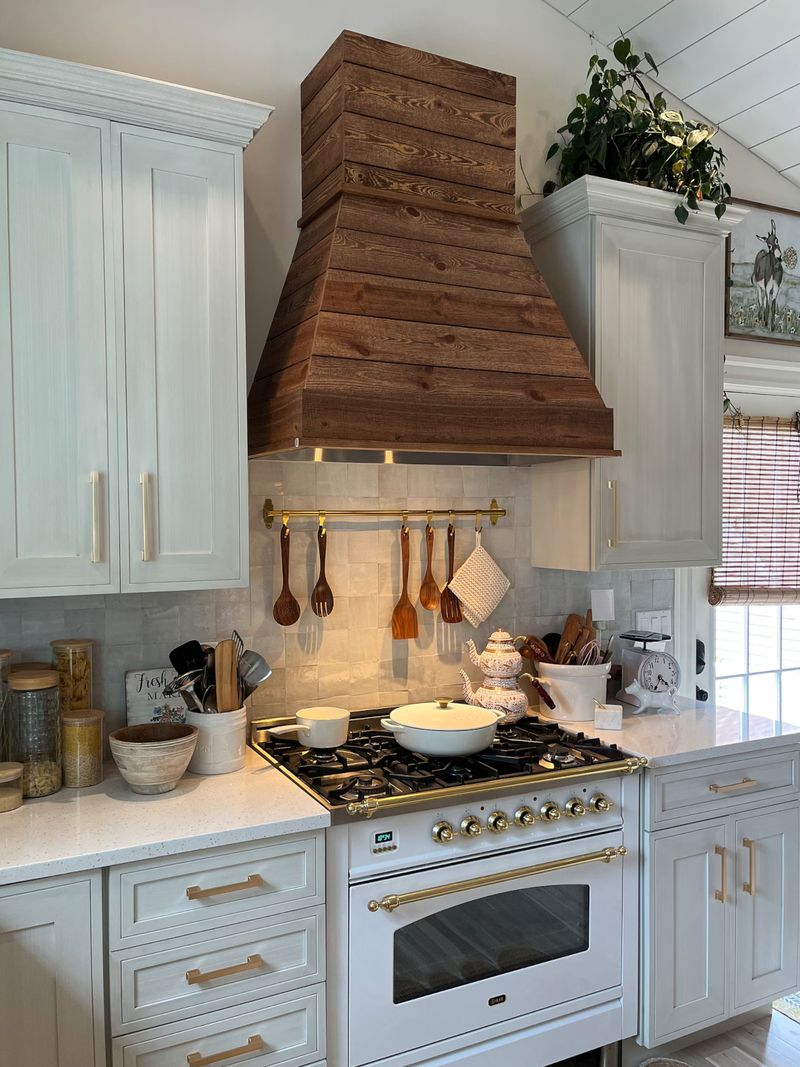
Copper hammered hoods or custom wooden surrounds might make your kitchen look like a magazine spread, but they’re among the worst offenders for cost versus function. Some decorative hoods cost $3,000-5,000 before installation, yet perform no better than models a quarter of the price.
Many decorative hoods actually sacrifice ventilation power for aesthetics. Without proper CFM (cubic feet per minute) capacity, you’ll still have cooking odors and grease accumulation despite your expensive purchase. The ornate details on these showpieces also become grease magnets, creating cleaning nightmares.
If you’re serious about cooking, invest in ventilation performance rather than decorative flourishes. A good-quality hood with proper extraction power will serve you far better than a beautiful but ineffective showpiece.
7. High-end wine coolers for small collections
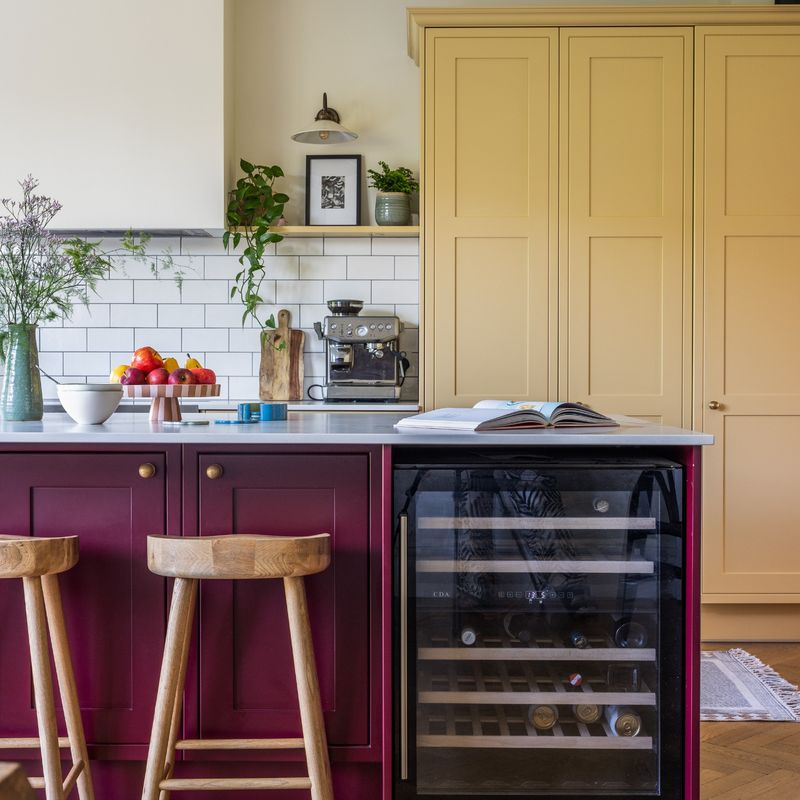
Built-in wine refrigerators look sophisticated but make little financial sense for casual wine drinkers. Starting around $1,200 for quality undercounter models and soaring past $5,000 for larger units, they consume valuable cabinet space that could serve multiple purposes.
Energy consumption adds another hidden cost. Wine coolers run constantly, adding $100-200 annually to your electric bill. Repair costs also sting – specialized parts and service can exceed $500 per visit, with shorter lifespans than standard appliances.
Unless you maintain a serious collection requiring precise temperature control, a simple wine rack works just fine. For occasional chilling, your regular refrigerator handles the job perfectly, saving thousands in installation and operating costs while freeing up precious kitchen real estate.
8. Double islands in limited spaces
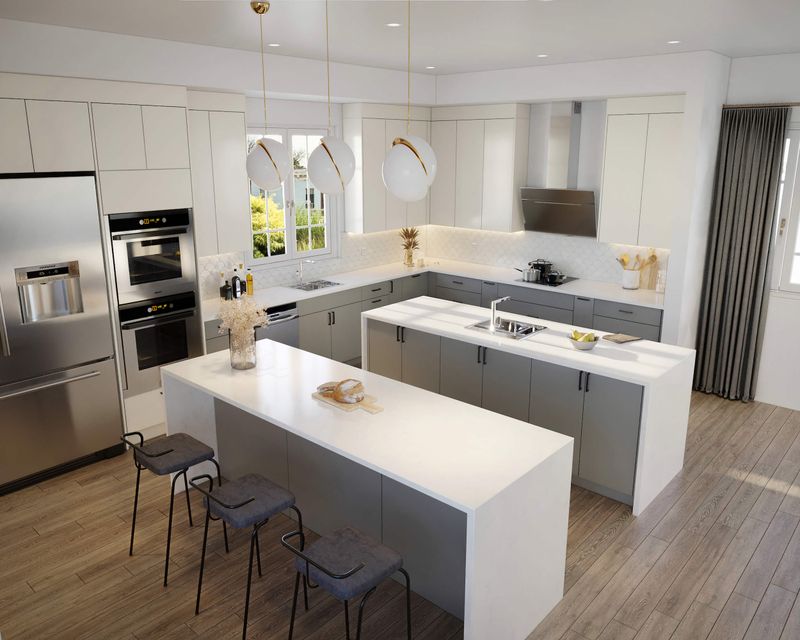
Double islands have become a status symbol in kitchen design, but they’re rarely practical in average homes. Forcing two islands into a space that barely accommodates one creates awkward traffic flow and constant bumping into corners.
The minimum clearance needed between islands (at least 4 feet) means you need an enormous kitchen for this feature to function properly. Each additional island costs $4,000-10,000 depending on materials and features. That’s a steep price for what often becomes glorified counter space collecting mail and groceries.
Many homeowners discover the second island impedes workflow rather than enhancing it. One well-designed island with thoughtful storage and seating will serve you better than two cramped ones. If your kitchen isn’t massive, embrace a single, functional island instead.
9. Under-cabinet vacuums (kick vacs)
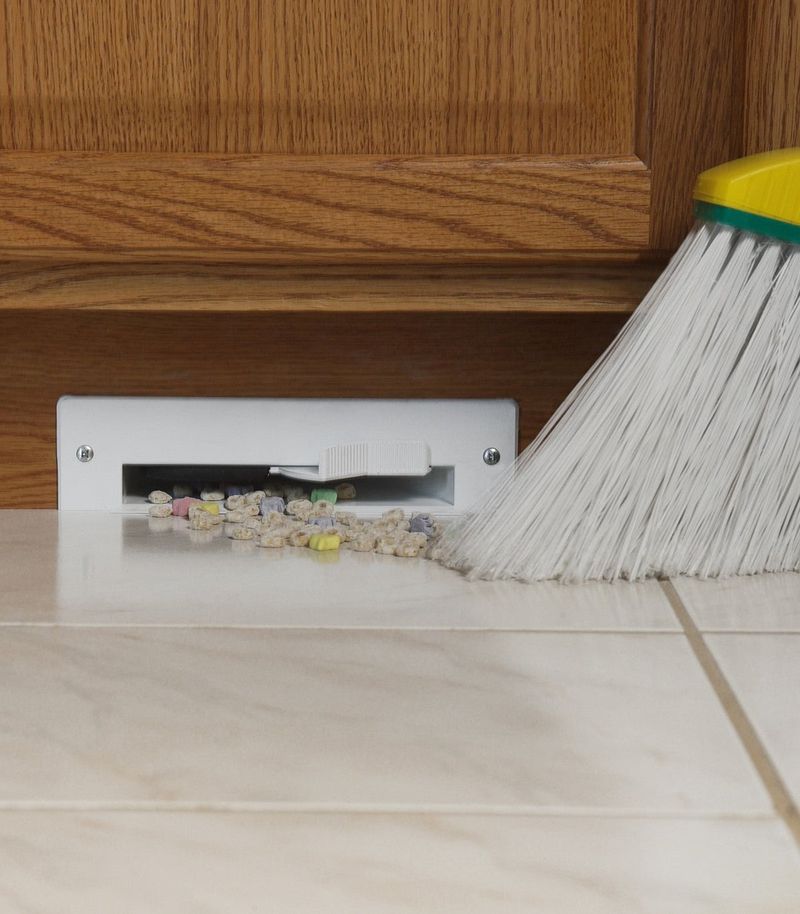
Kick vacuums (those small built-in vacuums at floor level that you activate with your foot) sound convenient but rarely deliver enough value to justify their $300-500 price plus installation costs. Most models lack sufficient suction power to handle anything beyond the lightest dust and crumbs.
Installation requires specialized cabinet modifications and electrical work that can add hundreds more to the price tag. When they inevitably clog or malfunction, repairs become complicated since they’re built into your cabinetry.
A simple dustpan and brush or cordless stick vacuum accomplishes the same task more effectively with greater flexibility. Save your renovation dollars for features that truly improve your kitchen’s functionality rather than gadgets that sound clever but underperform in real-world use.
10. All custom cabinetry in every nook
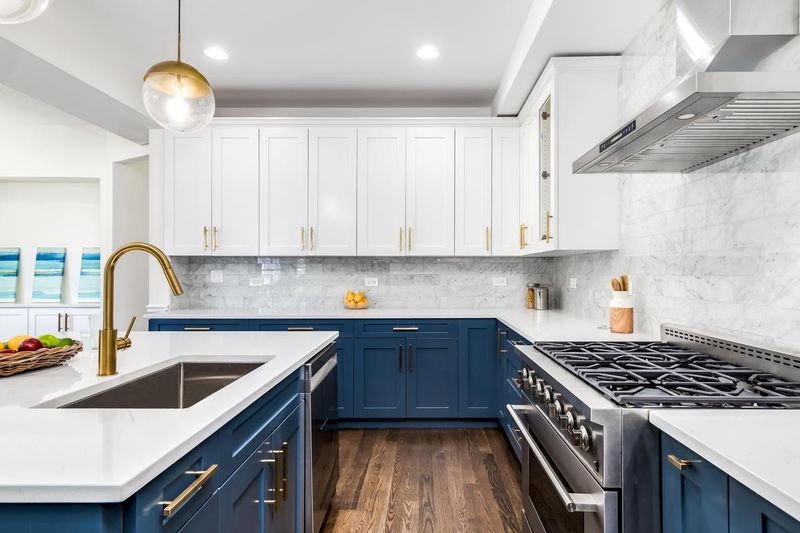
Custom cabinets throughout your entire kitchen can easily double your cabinetry budget without doubling functionality. While precision-fitted cabinets make sense in challenging spaces, using them everywhere becomes an unnecessary luxury that can add $10,000-30,000 to your renovation costs.
Semi-custom or even quality stock cabinets work perfectly well for standard spaces. Most people can’t tell the difference once they’re installed, yet the price gap is substantial. Modern stock cabinets come with many of the same features that once were exclusive to custom lines.
A smarter approach combines stock cabinets for standard areas with custom pieces only where unique dimensions or special functions truly require them. This hybrid approach delivers the perfect cabinet in problem areas while keeping your overall budget under control.
11. Smart fridges with excessive features
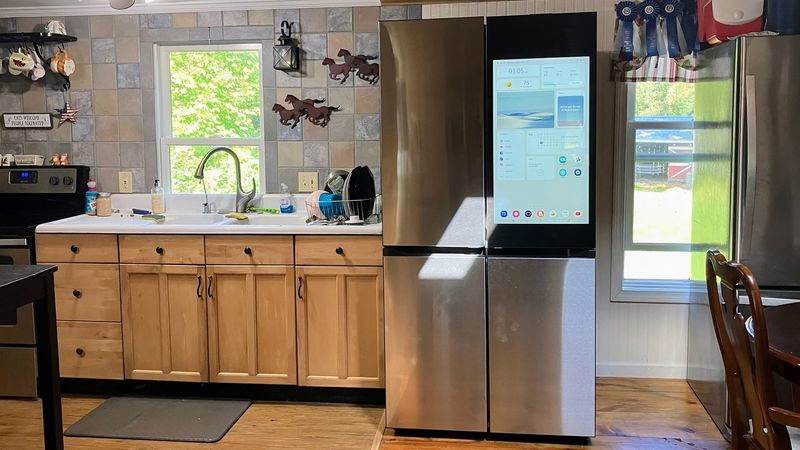
Those refrigerators with touchscreens, cameras, and internet connectivity might seem futuristic, but they’re rarely worth their premium price tags of $3,000-8,000. Most owners report using only a fraction of the high-tech features after the novelty wears off.
The technology often becomes outdated faster than the refrigerator itself. A five-year-old smart fridge might have an interface that feels as dated as an old smartphone, yet you’re stuck with it for the 15+ year lifespan of the appliance. Repairs also cost significantly more when touchscreens and connectivity features malfunction.
Standard refrigerators with good energy efficiency and thoughtful storage design serve most families perfectly well at half the price. Put the savings toward features you’ll use daily rather than digital bells and whistles.
12. Built-in coffee makers you rarely use
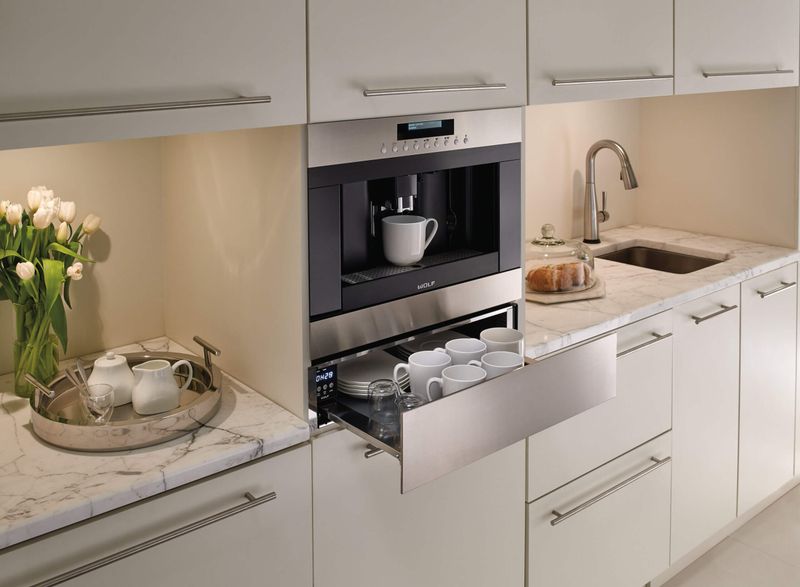
Integrated coffee systems look sleek but cost between $2,500-4,500 before installation – roughly ten times more than excellent countertop machines. Beyond the initial expense, these units require professional maintenance that countertop models don’t, adding $200-300 annually to keep them running properly.
Many homeowners find the coffee quality disappointing compared to their expectations at this price point. When technology or preferences change, you’re stuck with an expensive built-in that’s difficult to upgrade or replace without another major renovation.
Counter machines offer more flexibility to change brands, try new brewing methods, or upgrade as technology improves. They also don’t permanently claim valuable cabinet space that could serve multiple purposes. For most coffee lovers, a quality countertop machine remains the smarter investment.



